Bonsai trees have become increasingly popular as houseplants in recent years. These miniature trees are not only aesthetically pleasing but also provide a sense of tranquility and peacefulness in your home. However, taking care of bonsai trees requires dedication, patience, and some knowledge of gardening. In this article, we will discuss everything you need to know about bonsai trees as houseplants.
Table of Contents
What are Bonsai Trees?
Bonsai trees are miniature trees that are grown in pots and trained to grow in a specific shape and size. The word “bonsai” comes from the Japanese language, meaning “tree in a pot.” Bonsai trees are not a specific species of tree, but rather any tree species that can be trained to grow in a specific way. Bonsai trees can range in size from a few inches (centimetres) tall to several feet (metres) tall, depending on the species of tree and the training techniques used.
Why Bonsai Trees Make Great Houseplants
Bonsai trees make great houseplants because they add a touch of nature and tranquility to your home. They are also great for small spaces, as they take up very little room. Bonsai trees are also a great conversation starter, as they are unique and visually appealing. Bonsai trees also have health benefits, as they can help purify the air in your home and reduce stress levels.
Choosing the Right Bonsai Tree for Your Home
When choosing a bonsai tree for your home, it is important to consider the size of the tree, the amount of light it needs, and the care required. Some bonsai trees require more care and attention than others, so it is important to choose a tree that fits your lifestyle and schedule. Here are some popular bonsai tree species that make great houseplants:
- Ficus Bonsai Tree – The Ficus bonsai tree is one of the most popular species of bonsai tree. It is easy to care for and can thrive in a variety of lighting conditions.
- Jade Bonsai Tree – The Jade bonsai tree is a great choice for beginners because it is easy to care for and can thrive in low light conditions.
- Japanese Maple Bonsai Tree – The Japanese Maple bonsai tree is a beautiful tree that requires a bit more care than some other species of bonsai trees. It needs to be kept in a cool, moist environment and requires regular pruning to maintain its shape.
Caring for Your Bonsai Tree
Caring for your bonsai tree is essential to keeping it healthy and thriving. Here are some tips for caring for your bonsai tree:
- Watering – Bonsai trees require regular watering, but it is important not to overwater them. Water your bonsai tree when the soil feels dry to the touch.
- Pruning – Regular pruning is essential to maintain the shape and size of your bonsai tree. Prune your bonsai tree every few weeks to remove any dead or damaged leaves and branches.Fertilising – Bonsai trees require regular fertilising to keep them healthy and thriving. Use a fertiliser specifically designed for bonsai trees and fertilise your tree every few weeks during the growing season.
- Light – Bonsai trees require a specific amount of light to thrive. Some species of bonsai trees require more light than others, so it is important to research the lighting requirements of your specific species of bonsai tree.
- Temperature and Humidity – Bonsai trees require a specific temperature and humidity range to thrive. It is important to keep your bonsai tree in a cool, moist environment to prevent it from drying out.
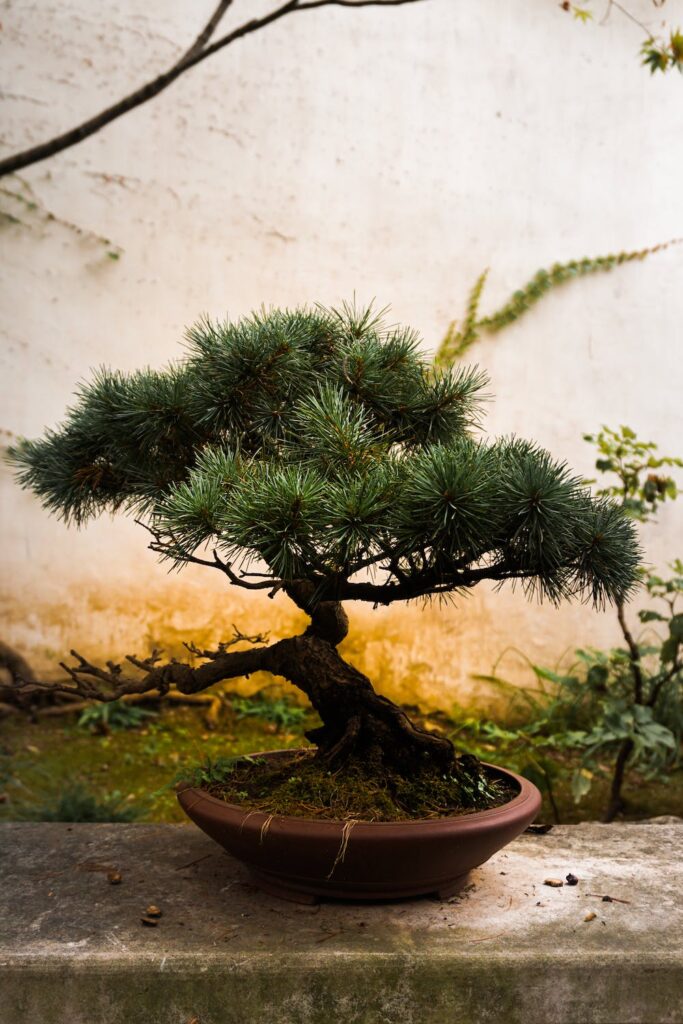
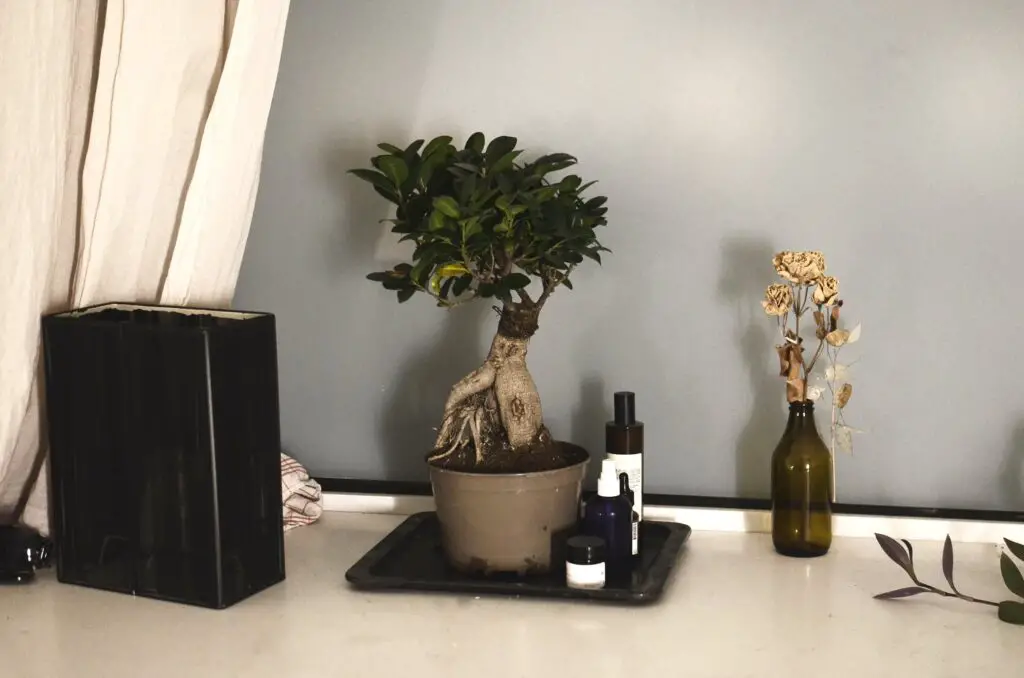
Pest control for bonsai trees
Pests can be a problem for any plant, including bonsai trees. Pests can damage the leaves, branches, and roots of your bonsai tree, making it difficult for the tree to grow and thrive. Fortunately, there are several ways to control pests on your bonsai tree. In this article, we will discuss pest control for bonsai trees.
Common Pests that Affect Bonsai Trees
There are several pests that commonly affect bonsai trees, including:
- Spider Mites – These tiny pests can be difficult to see, but they can cause significant damage to your bonsai tree by feeding on the leaves.
- Mealybugs – These small, white bugs can be found on the leaves and stems of your bonsai tree. They can cause damage by sucking the sap from the leaves and branches.
- Scale Insects – These insects attach themselves to the leaves and branches of your bonsai tree, sucking the sap and causing the leaves to turn yellow and fall off.
- Aphids – These small insects feed on the leaves and stems of your bonsai tree, causing them to curl and turn yellow.
Methods of Pest Control for Bonsai Trees
There are several methods of pest control for bonsai trees, including:
- Manual Removal – One of the easiest ways to control pests on your bonsai tree is to manually remove them. This can be done by using a soft brush or cloth to wipe the pests off the leaves and branches of your bonsai tree.
- Insecticidal Soap – Insecticidal soap is a natural and effective way to control pests on your bonsai tree. It works by suffocating the pests and disrupting their cell membranes. It is important to follow the instructions on the label when using insecticidal soap.
- Neem Oil – Neem oil is a natural pesticide that can be used to control pests on your bonsai tree. It works by disrupting the pests’ hormonal systems, making it difficult for them to feed and reproduce.
- Chemical Pesticides – Chemical pesticides should be used as a last resort, as they can be harmful to beneficial insects and the environment. If you decide to use a chemical pesticide, it is important to follow the instructions on the label carefully.
Preventing Pests on Your Bonsai Tree
Prevention is the best way to avoid pest problems on your bonsai tree. Here are some tips for preventing pests on your bonsai tree:
- Keep your bonsai tree healthy by providing it with proper care and attention.
- Inspect your bonsai tree regularly for signs of pests.
- Quarantine new plants before adding them to your bonsai collection.
- Keep your bonsai tree clean by removing dead leaves and debris.
Prevention is the best way to avoid pest problems on your bonsai tree, so be sure to keep your bonsai tree healthy and inspect it regularly for signs of pests. With proper pest control, your bonsai tree will thrive and bring joy to your home for years to come.
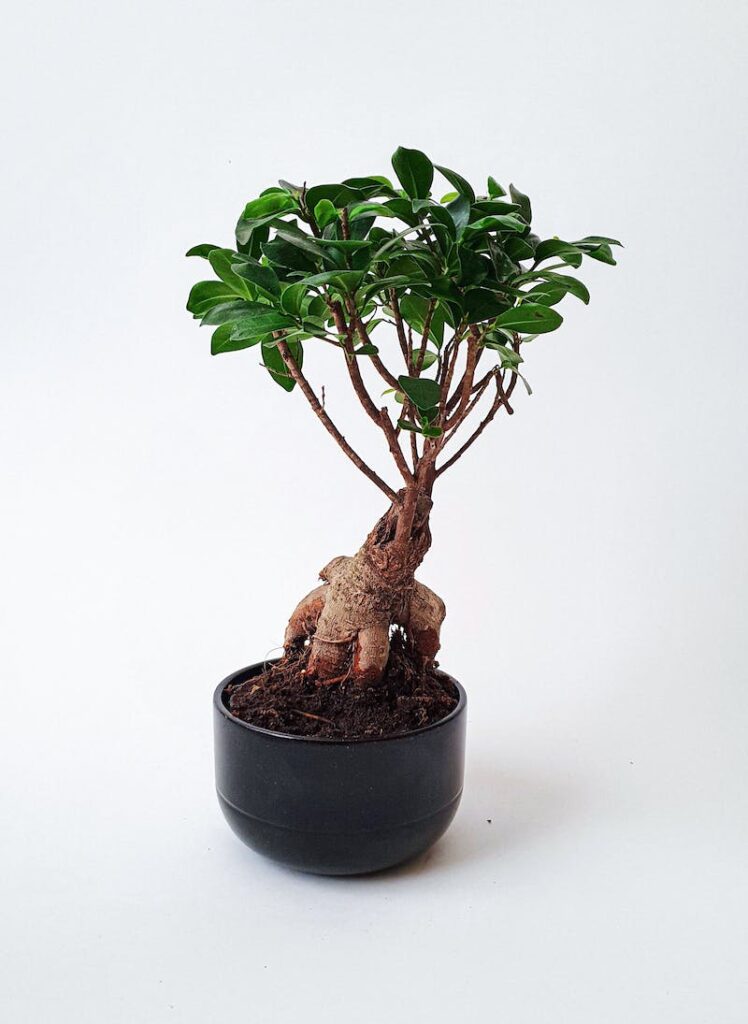
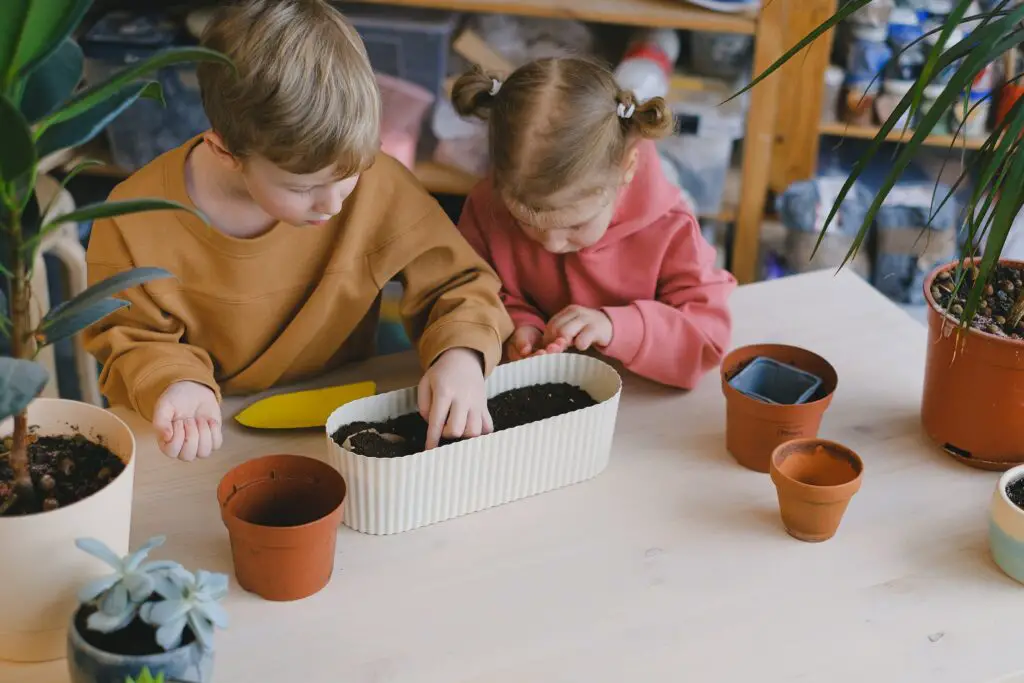
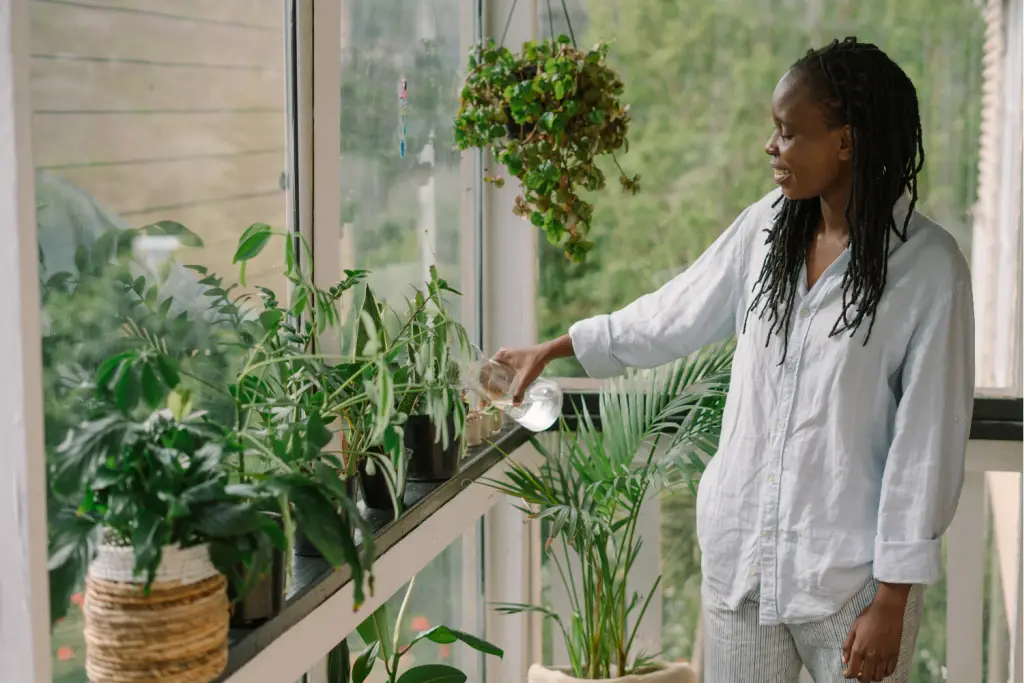
Conclusion
Bonsai trees are a great addition to any home, providing a sense of tranquility and beauty. They are versatile and can fit into small spaces, making them an ideal houseplant. When choosing a bonsai tree, it is important to consider the size of the tree, the amount of light it needs, and the care required. Caring for your bonsai tree requires patience and dedication, but the results are worth it. With proper care and attention, your bonsai tree will thrive and bring joy to your home for years to come.

